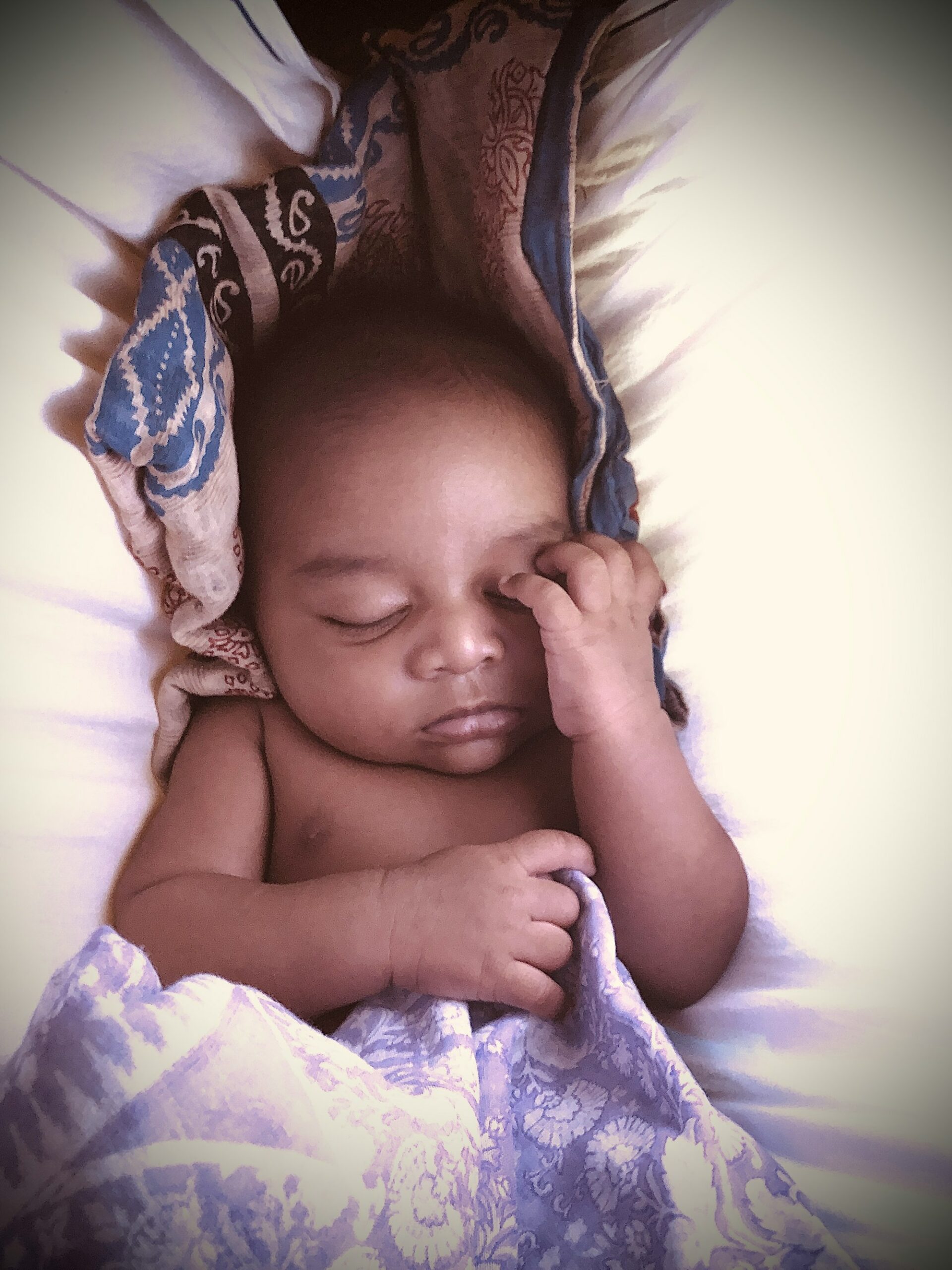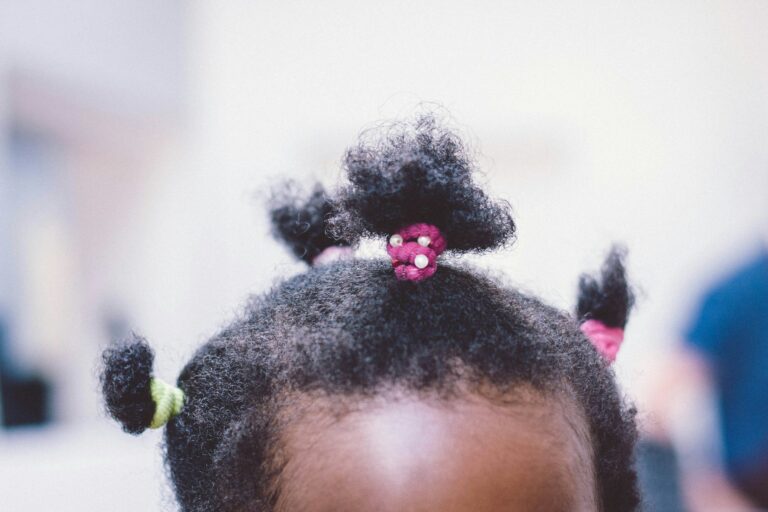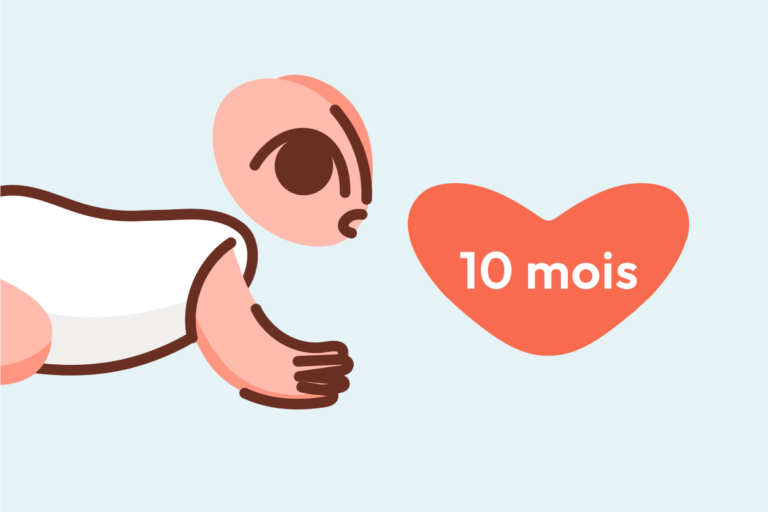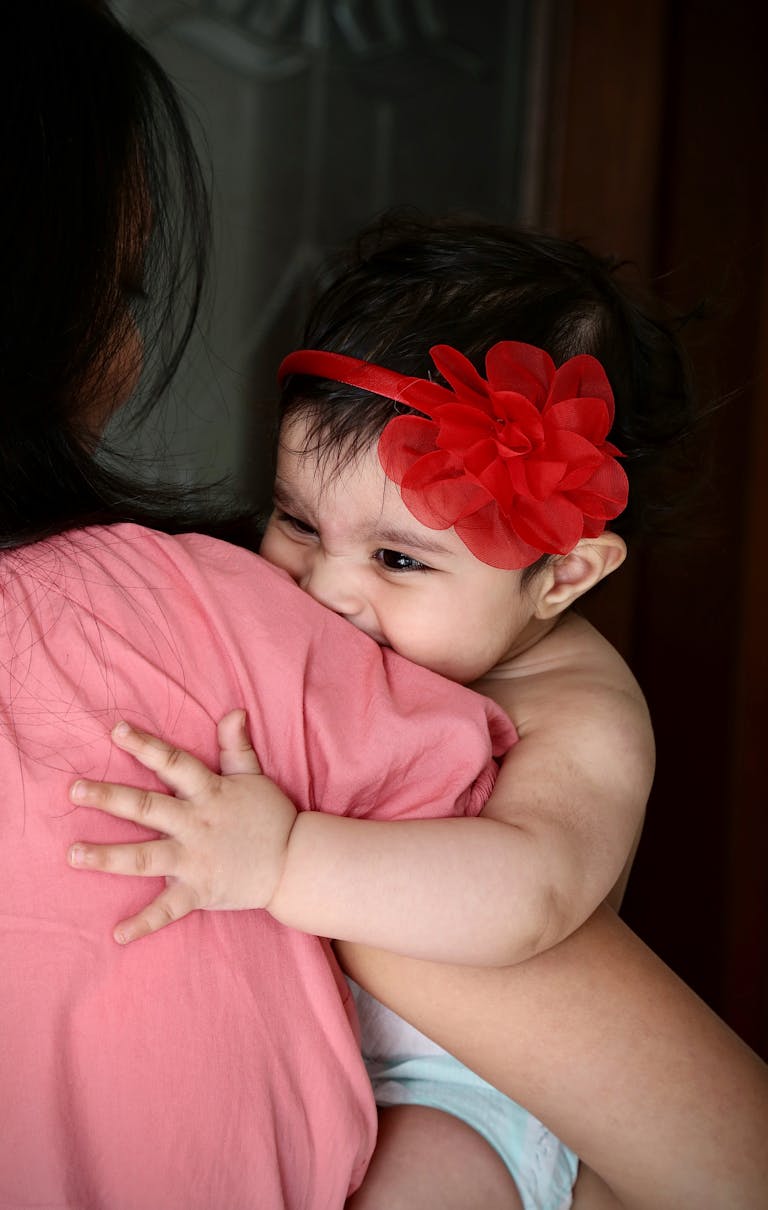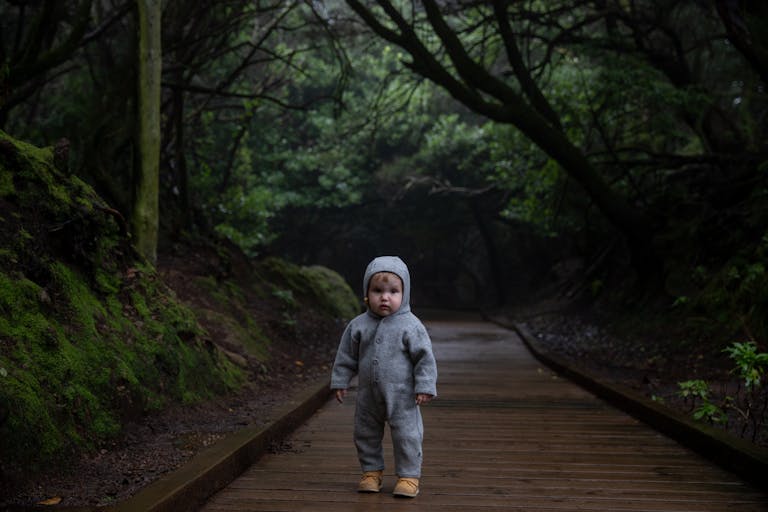Welcoming a newborn can feel like stepping into a realm of wonder and responsibility—an undeniable mix of joy, anticipation, and, perhaps, anxious questions. What do newborn needs truly encompass? How can parents feel assured they’re providing the right mix of love, safety, nutrition, and comfort for their baby’s delicate start in life? Whether you’re preparing for your first newborn or have already measured out tiny socks and fiddled with bottle sterilizers, the experience is often marked by a search for answers and a desire to nurture in the best possible way. Here, the multifaceted, science-backed essentials for newborn needs are explored, from the physiological basics to the emotional nuances of attachment, setting a foundation of confidence for every parent keen to support healthy development and robust well-being.
Emotional bonding: the bedrock of newborn needs
Imagine a heartbeat echoing through silent nights, a soft gaze exchanged in the gentlest of dawn lights—connection forms the first of many bridges between you and your child. At the very core of newborn needs is the necessity of closeness. Skin-to-skin contact, often called “kangaroo care,” isn’t just poetic—it’s backed by evidence. Direct physical contact helps regulate your baby’s body temperature, stabilizes their breathing and heart rate, and lowers levels of the stress hormone cortisol. Studies reveal significant benefits for both parent and infant when this practice is initiated early and continued frequently. The intricate dance of eye contact, soft murmurs, and rhythmic touch creates neural pathways that support secure attachment and emotional resilience—an early investment in lifelong mental health.
Proximity and physical care: holding, carrying, and responsiveness
Short, staccato cries pierce the silence; a yearning to be held emerges as one of the most instinctual newborn needs. Far from being a habit to be discouraged, responding to a crying infant with prompt comfort lays the groundwork for trust and stress regulation—mechanisms deeply rooted in your baby’s developing neurological system. Babywearing not only meets your baby’s craving for closeness but also enhances motor development and frees parental hands—a practical innovation supported by ergonomic research. Carriers, slings, and wraps crafted from hypoallergenic materials ensure both safety and comfort, while distributing weight to protect a caregiver’s back and shoulders.
Ignoring a newborn’s expressive cues—especially crying—can suppress these vital early signals, not out of learning, but resignation. Current consensus across psychological and pediatric circles underscores responsive caregiving as central to optimal emotional development.
Addressing newborn nutrition: foundational nourishment
Newborn needs revolve around dependable, responsive feeding. Human milk is evolution’s original solution to early nutrition, packed with antibodies (immunoglobulins like IgA) and bioactive factors uniquely suited to strengthen an immature immune system. For parents who choose or require formula, advances in product safety and composition now allow for carefully regulated alternatives that closely mimic the composition of breast milk.
Responsive feeding is essential. Whether nourishing by breast or bottle, observing satiety cues—like relaxed fists or averted gaze—ensures babies aren’t over- or underfed, aligning nutrition with actual needs. Medical authorities agree: holding your baby semi-upright while feeding reduces the risk of otitis media (middle ear infections) and supports physiological swallowing patterns. Burp cloths, bibs, and feeding pillows may seem like practical afterthoughts, yet they play a role in keeping both parent and baby comfortable and focused on the nourishing exchange.
Safe and nurturing sleep: building security
Between midnight awakenings and daytime naps, sleep quickly becomes a defining part of newborn needs. The safest sleep environment consists of a firm mattress—never a soft cushion—within a sleep space free from loose bedding, pillows, or plush toys. Institutions such as the American Academy of Pediatrics advocate for placing babies on their backs in a dedicated crib or bassinet with only a fitted sheet, as this posture substantially reduces the risk of Sudden Infant Death Syndrome (SIDS).
Co-sleeping, while emotionally appealing and common in many cultures, warrants a nuanced approach. When practiced correctly—without adult bedding near the infant, in the absence of parental substance use, and at appropriate temperatures—it can foster secure attachment and facilitate easier nighttime feeding. A bedside bassinet offers a balance: physical closeness with a barrier to accidental suffocation.
White noise, blackout curtains, and maintaining an ambient room temperature between 64–68°F (18–20°C) all contribute to quality infant sleep by simulating the gentle constancy of the womb environment.
Hygiene and diapering: skin health essentials
High on the list of newborn needs is hygiene. The newborn’s skin, highly sensitive and only partially mature, requires hypoallergenic fabrics, unscented cleansers, and gentle handling. Diaper changing should be frequent—six to nine times daily in early weeks. Always wipe from front to back (especially for girls) to reduce the risk of urinary tract infections. Allowing the skin to air dry and applying a thin barrier of zinc oxide ointment can prevent most diaper rashes.
Until the umbilical cord stump detaches, stick to sponge baths with lukewarm, clean water. Watch for redness, swelling, or foul odor, which could indicate an infection requiring prompt evaluation.
Clothing: practicality marries comfort
Newborns possess narrow thermoregulatory margins; their ability to maintain stable body temperatures is limited. Outfitting your baby in soft, accessible layers supports comfort while also adapting to cool or warm environments. Bodysuits, sleepwear with snaps, cotton mittens, and hats form the backbone of a wardrobe designed to protect fragile skin and maintain warmth. Laundering with baby-safe, unscented detergent (and skipping fabric softeners) helps limit exposure to irritants and potential allergens, preserving the integrity of the newborn’s developing skin barrier.
Health monitoring and safety at home
Clinical vigilance underpins newborn needs. Keep an eye out for fever (defined as rectal temperature above 100.4°F/38°C in infants under three months), persistent lethargy, difficulty feeding, or unusual breathing patterns. Such symptoms warrant timely medical evaluation. A digital thermometer, saline nose drops, a nasal aspirator, and a well-stocked first aid kit should all be on hand.
Rear-facing car seats—installed before your newborn’s first outing—are non-negotiable for travel. Anchoring heavy furniture, covering electrical outlets, and minimizing small, swallowable items reflects the evolving newborn’s expanding environment and growing mobility.
Nursery organization: creating a sanctuary
The nursery acts as a headquarters tailored to newborn needs: a safe crib, a comfortable chair for feeding, smart storage solutions, and humidity control all contribute to streamlined routines and restful nights. Blackout curtains and a humidifier offer tangible benefits for sleep quality and skin health, respectively. Anchor unstable furniture, and always opt for new mattresses and car seats to guarantee adherence to the latest safety standards.
On-the-go mobility and preparedness
Babies are portable, but their needs are not—successful outings depend on forward-thinking preparation. A well-equipped diaper bag is a lifeline, stocked with extra diapers, wipes, clothing, feeding gear, and seasonal accessories like sun hats or footed snowsuits. Pairing a rear-facing car seat with a compatible stroller or wearable carrier ensures safety and comfort. For longer trips, lighter babywearing options distribute weight and provide accessible comfort for both parties.
Comfort measures and developmental play
It’s a myth that newborn needs are limited to survival basics. Gentle soothing—whether through rocking, a pacifier, or the whoosh of white noise—helps infants regulate their rapidly shifting states. Pacifiers, contrary to outdated concerns, may in fact reduce SIDS risk and provide comfort when used appropriately.
Tummy time—daily, supervised time spent on the belly while awake—may appear simple, but it supports motor milestones, reduces skull flattening, and stimulates visual and sensory development. Soft books, contrasting toys, and nurturing interaction invite infants to explore and grow within the safe boundaries of parental attention.
Parental well-being: the overlooked cornerstone
The ability to consistently meet newborn needs hinges on parental wellness. Recovery from birth, uninterrupted blocks of sleep (where possible), balanced nutrition, and the support of family or friends are not luxuries, but necessities. Lean on local parent groups or digital communities as needed. Most importantly, it’s legitimate and wise to delegate, take breaks, and communicate openly with parenting partners—a well-supported caregiver is best equipped to respond to their newborn’s needs.
What newborns do not need: separating myth from science
Despite marketing pressures, not all gadgets and accessories contribute positively to newborn needs. Avoid crib bumpers, loose bedding, and plush toys in sleep spaces, as they add unnecessary risk. Baby walkers aren’t medically recommended—they increase the risk of falls and injuries. Used car seats and cribs may lack up-to-date safety features or show hidden wear. Focus resources on items that align with basic safety, physiological comfort, and family routines—simplicity often offers the greatest peace of mind.
Planning for growth: adaptive preparation
Newborn needs are a moving target. Organize clothing and feeding accessories by size, periodically retiring outgrown items to keep essentials accessible. Update the sleep environment as your baby develops new motor skills, such as rolling or standing, and refresh bottles and feeding accessories as recommended by pediatric guidelines. Future-proofing routines benefits everyone, reducing stress when milestones shift unexpectedly.
Key Takeaways
- Newborn needs are wide-ranging, from basic physiological stability—nutrition, warmth, hygiene—to emotional connection, regular healthcare, and safety.
- Emotional closeness, consistent skin-to-skin contact, and attentiveness to behavioral cues foster the neurodevelopment and resilience of your baby.
- Responsive, on-demand feeding—by breast or bottle—aligns nutrition with the baby’s actual needs, while safe sleep precautions guard against preventable risk.
- Prioritize hypoallergenic materials, regular health monitoring, and proper car seat installation to buffer your child against common hazards.
- Simplicity, organization, and practical routines ease transitions, prepare families for changes and reduce everyday stress.
- Support for your own physical and emotional wellness is not a luxury—it’s a necessity to meet your baby’s needs consistently.
- When in doubt, consult healthcare professionals, and remember: tailored digital tools such as the Heloa app offer actionable advice and free health questionnaires customized for babies.
Caring for a newborn is an ever-evolving journey. Scientific knowledge, practical preparation, and genuine affection—these form the essence of meeting newborn needs, every hour and every milestone along the way.
Questions Parents Ask
What clothes does a newborn really need for their comfort and safety?
For a newborn, comfort and safety are the priorities. Soft cotton bodysuits, pyjamas or sleep suits, a couple of hats, and mittens can help regulate body temperature and protect sensitive skin. Opt for clothes that are easy to put on and remove, as frequent changes are normal in the early days. Remember, layering is a great way to adapt to your baby’s needs without causing overheating. If you notice your baby is too warm or too cold, simply add or remove a layer. Rassurez-vous, every baby is different—trust your observations!
What health and safety items should I always have at home for my newborn?
Having some essential health and safety items at home helps you feel better prepared. A digital thermometer (for rectal temperature), a nasal aspirator for stuffy noses, baby nail scissors, and a gentle skin cleanser are all useful. Basic first aid supplies and a baby monitor can offer additional peace of mind. It’s important to regularly check that all these items are in good working order. If ever in doubt about a symptom or health concern, don’t hesitate to consult a healthcare professional—support is always available.
How can I help my newborn sleep better and safely?
Creating a calm and secure sleep environment can make a big difference. Use a firm mattress with a fitted sheet, keeping the crib free from pillows, blankets, and toys. Placing your baby on their back to sleep is the safest position. Maintaining a stable room temperature (around 18–20°C or 64–68°F) and using blackout curtains can help your baby rest more easily. Try to keep nighttime interactions soothing and gentle. If sleep feels challenging, rassurez-vous—many parents experience ups and downs, and adapting routines as your baby grows is perfectly normal.
Further reading:

